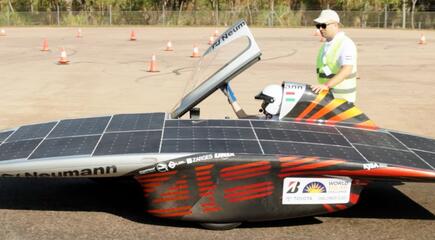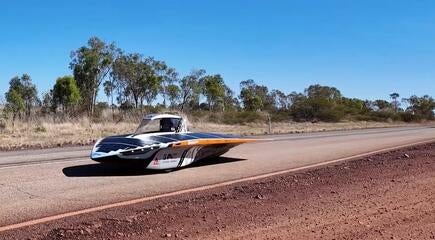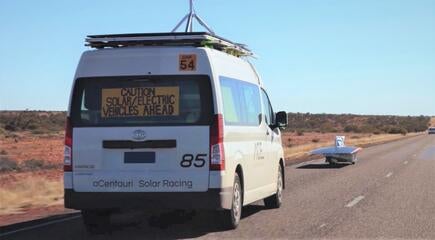Racing the Sun — How the 2025 World Solar Challenge is Pushing the Limits of Efficiency and Reliability

Every two years, innovative young minds from around the world gather in Australia for a race unlike any other. The Bridgestone World Solar Challenge isn’t about speed—it’s about pushing the boundaries of what’s possible with solar energy, power electronics, and human ingenuity.
The 2025 installment of this 38-year-old event will be the first to be held in the winter. “It might seem obvious that you can run a solar car in the summertime when there's lots of sunshine,” said Professor John Storey, Chief Scientist of the event. “But this time instead of being in October, the event's being held in August.” That change has prompted a major update to the rules: teams are now allowed six square meters of solar panels, up from four, to compensate for the lower solar irradiance.
The Power Behind the Panels
Solar cars are marvels of engineering, and every watt counts. “Power conversion is absolutely crucial in these cars,” Storey explained. “You've got the maximum power point trackers, the battery charging system, the motor drive system, and additional DC-DC converters for the low voltage systems. What is crucial with all of those components is reliability, first and foremost, and efficiency.”
Modern power electronics are already incredibly efficient—often exceeding 98%. But even a 1% gain can make a difference. “The more efficient the electronics, the less cooling it's going to need, and the lighter the heat sink can be. And then the lighter the car can be overall.”
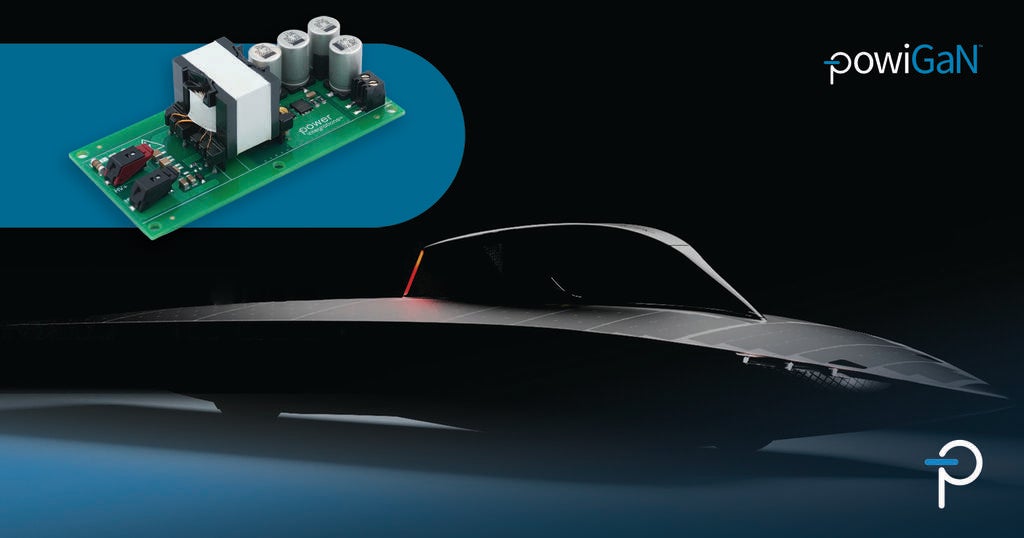
Storey recalled teasing teams about their oversized heatsinks. “Sometimes I ask, ‘If your electronics are so efficient, why do you need that big heatsink?’” One team even showed up with water-cooled electronics—a bold move in a race where every gram matters.
For the second race in a row, the ETH Zurich aCentauri team uses a PowiGaN-based DC-DC converter provided by Power Integrations to power all the 12 V electronic systems in their solar race car. The heatsink-less design has impressed many judges at the race. It features an automotive-qualified InnoSwitch3-AQ flyback switcher IC, achieving 95% efficiency across both light and full loads with a broad output range of 5 to 60 W.
Batteries: The Strategic Core
While solar panels get the spotlight, batteries are the strategic heart of the race. “These cars are running principally on solar power, but roughly 10% of their energy comes from batteries,” Storey said. That 10% is what allows teams to make critical decisions—whether to speed through cloud cover or slow down to stay in the sun.
Battery technology has evolved dramatically since the race began in 1987. “Back then, the bee’s knees in batteries was silver zinc,” Storey recalled. “They were used in missiles and had a cycle life of five. Basically, they were only supposed to be used once.”
Today, lithium-ion dominates, but even within that category, energy density is rapidly improving. “We got blindsided when lithium-ion phosphate batteries jumped from 120 to 200 watt-hours per kilogram,” Storey said. “Now we specify battery capacity by energy—11 megajoules—instead of weight.”

The Rise of the Fin
One of the most exciting developments this year is aerodynamic innovation. In 2023, a Belgian team stunned the field with a deployable fin that acted like a sail, harnessing crosswinds for extra speed and stability. “That car became known as the Fin Car,” Storey said. “This year, four or five of the cars have fins.”
Storey is a fan. “Personally, I love fins. One of the challenges in modern transportation is how to move people around without using a lot of energy. Lightweight vehicles are the answer, but they’re vulnerable to crosswinds. Fins might be a way to make them more stable.”
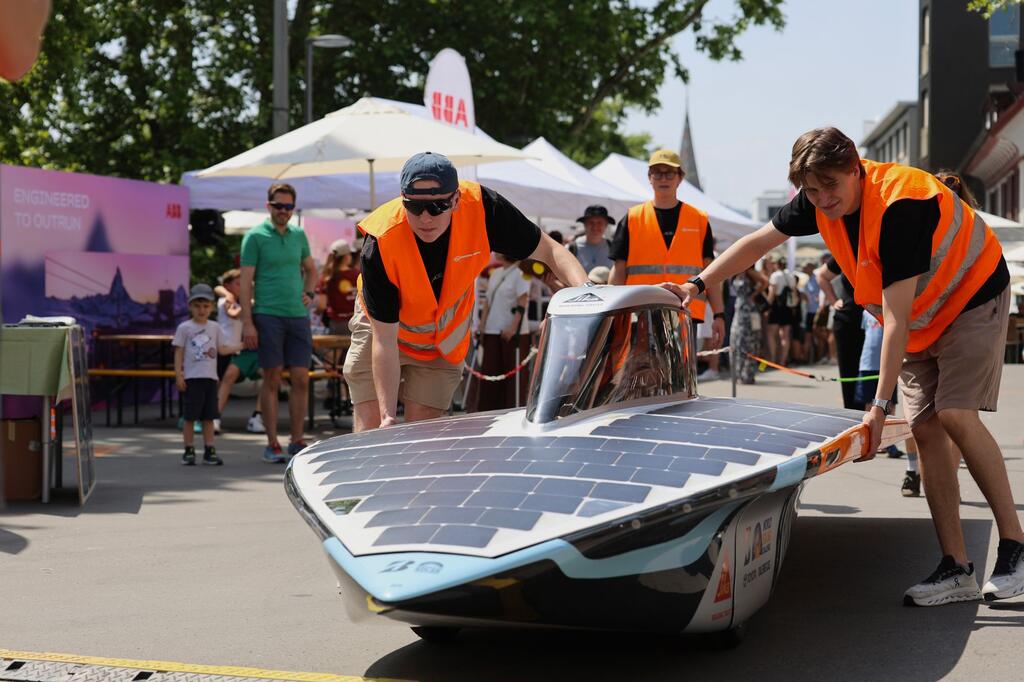
A Race That Shapes the Future
The Bridgestone World Solar Challenge isn’t just a proving ground for solar cars—it’s a glimpse into the future of sustainable transport. “This is essentially the Formula One of electric cars,” Storey said. “The technology tested here will influence what we drive tomorrow.”
And while solar cars may never become mainstream commuter vehicles—“It’s easier to charge a battery from a fixed solar panel than from one on your car,” Storey noted—the innovations born in this race ripple outward. From brushless motors to high-efficiency fans to EV charging companies like Tritium, the legacy of the Challenge is everywhere.
As Storey put it, “This event is about hope. It’s a technological adventure that points the way to a sustainable world and a sustainable future.”
This Mr. Green blog is part of our special coverage of the Bridgestone World Solar Challenge 2025 and Team αCentauri’s challenger class solar race car, #85 Silvretta. Silvretta uses a PI InnoSwitch3-AQ IC, which incorporates PI’s PowiGaN gallium-nitride technology, for Silvretta’s auxiliary power supply. Follow #PowiGaNVan on Power Integrations’ official YouTube Channel and LinkedIn Page.



